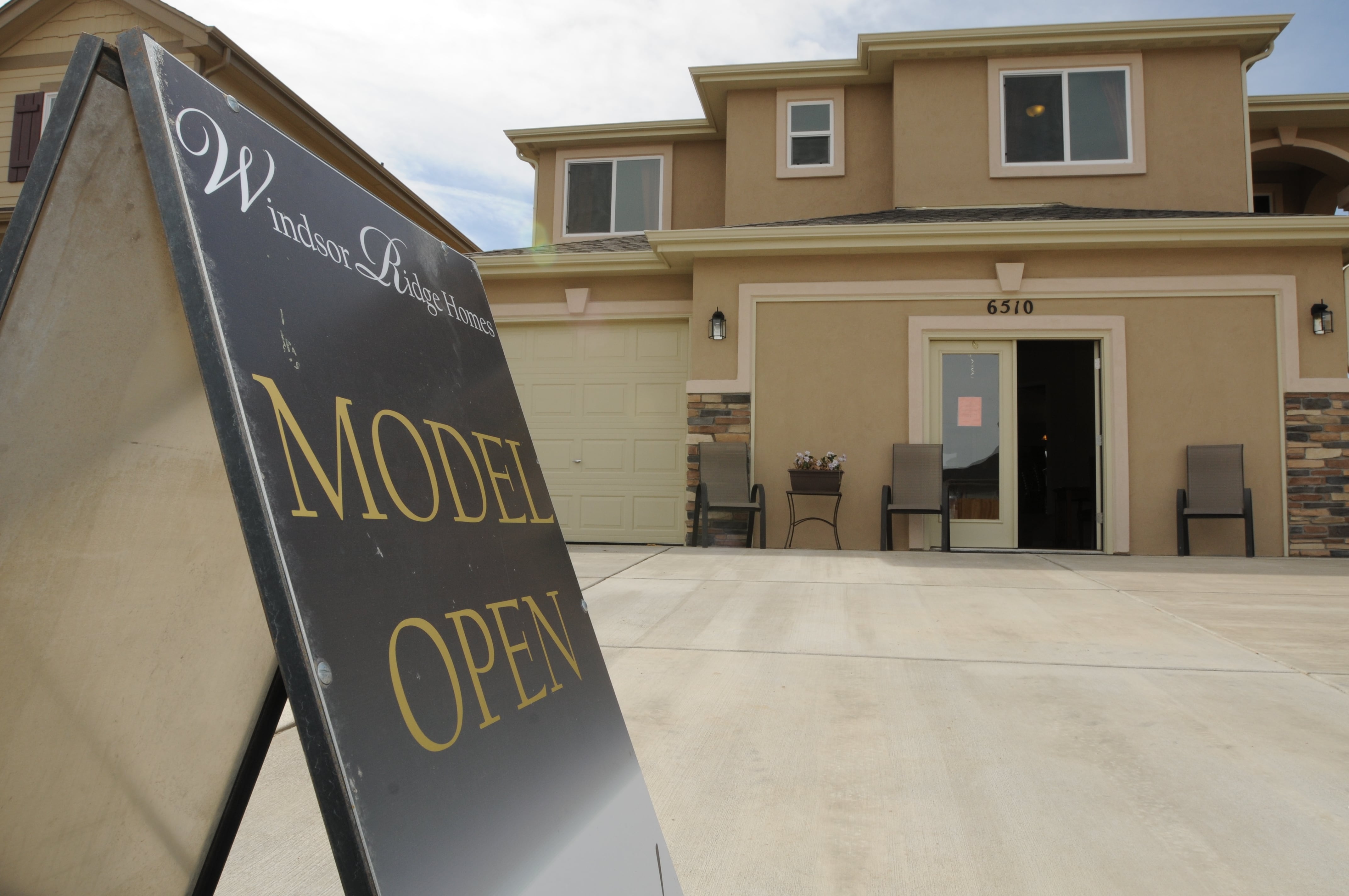The Department of Veterans Affairs home loan program has been used by millions of service members and veterans since it took shape near the end of World War II. It’s one of the most popular benefits for veterans: Lenders issued 400,692 VA-backed loans totaling nearly $145 billion in 2023, with an average loan amount of $360,863, according to the VA.
The basics
The VA doesn’t issue the loans themselves, but backs loans issued by financial institutions. The VA guarantees a percentage of an eligible beneficiary’s loan to purchase or refinance a home, allowing the lender to provide better, more affordable terms and often letting the borrower seal the deal without a big cash-down payment.
Eligible service members and veterans can apply for home-purchase loans via private-sector lenders. There are no VA loan limits for veterans who have the full entitlement. For a VA-backed home loan, you’ll still need to meet your lender’s credit and income loan requirements in order to receive financing. These VA home purchase loans can be used to buy manufactured homes or homes under construction, in some cases, but not mobile homes.
The VA loan program also offers cash-out refinance loans.
An Interest Rate Reduction Refinance Loan may be able to reduce the rate on an existing VA-backed loan, or can make the payments more stable by moving from an adjustable or variable interest rate to a fixed rate.
Fees
VA loans come with fees that vary by loan type and veteran status. Veterans using the benefit for the first time on a no-down-payment purchase loan pay a 2.15% fee, for example, while a veteran making a second cash-out refinance loan would pay a 3.3% fee. A full fee table is available through the VA.
Veterans who receive or are eligible for VA disability compensation, Purple Heart recipients and certain others are exempt from fees. Other loans — including joint loans, construction loans and loans to cover the cost of energy-efficient repairs — can also be backed by the VA. Consult your lender for more information.
Eligibility
VA loan eligibility does not expire, though the entitlement can only be used for the borrower’s place of residence (not a rental property). It can be reinstated after the loan is paid off or under other circumstances — another veteran can assume the loan, for instance.
Whether current or former troops are eligible for VA loans depends on how long they served and in which years.
Older veterans qualify for VA loans if they served on active duty for at least 90 days during these dates:
- Sept. 16, 1940–July 25, 1947
- June 27, 1950–Jan. 31, 1955
- Aug. 5, 1964–May 7, 1975 (begins Feb. 28, 1961 for those who served in Vietnam)
If a person’s service fell outside those date ranges, they may need 181 continuous days on active duty to qualify. That includes enlisted troops who separated on or before Sept. 7, 1980, and officers who separated on or before Oct. 16, 1981.
If a person’s service came after the above date ranges, they need 24 months of time on active duty — or less for certain discharges.
For loan purposes, VA considers Gulf War service to run Aug. 2, 1990 through present day. Service members from that time period must have completed 24 months of continuous active-duty service to be eligible, or at least 90 days for certain discharge statuses.
Troops who are currently on active duty become eligible for a VA loan after 90 days of service, for as long as they remain active. Eligibility now includes National Guard and Reserve members with at least 90 days of active service. Troops discharged for a service-connected disability are eligible, regardless of service length.
Foreclosure assistance
If a VA-guaranteed loan becomes delinquent, VA works with the borrower to avoid foreclosure, including providing financial counseling. In some cases, that involves direct intervention with a mortgage loan servicer for the borrower.
In 2023, the VA helped more than 145,000 VA borrowers keep their homes. Find more information on home-loan assistance at the VA.
Action items
The key step for service members and veterans is to obtain a Certificate of Eligibility, either through the eBenefits site or via their lender, to be eligible for a VA-backed loan.
Those seeking to refinance existing loans should read lenders’ advertising material carefully: VA and the Consumer Financial Protection Bureau have warned of deceptive lending practices. Among the red flags are aggressive sales tactics, low interest rates with unspecified terms, and promises that borrowers can skip a mortgage payment as part of the new loan — a practice prohibited by VA.
Some veterans have experienced difficulty in using their VA loan benefit, especially in competitive housing markets in which multiple bids are made on houses. VA officials have said that misperceptions still persist among sellers and agents that VA financing is less desirable than conventional loans. Those in the industry have recommended that veterans question their real estate agents and lenders about their experience and how often they’ve helped veterans use their VA loan benefit.
What’s new
Veterans still struggle to make their loan payments. VA has “strongly urged” a moratorium on foreclosures through May 31, 2024 as they work with loan servicers to find solutions. The moratorium doesn’t apply to vacant or abandoned properties.
VA is also extending the COVID-19 Refund Modification program through May 31. The program aims to help veterans keep their homes by allowing VA to purchase part of their loan, creating a non-interest-bearing second mortgage.
For more information, such as eligibility details, visit VA’s home loan page or call 877-827-3702.
Read more from the 2024 Pay and Benefits Guide here.
Leo covers Congress, Veterans Affairs and the White House for Military Times. He has covered Washington, D.C. since 2004, focusing on military personnel and veterans policies. His work has earned numerous honors, including a 2009 Polk award, a 2010 National Headliner Award, the IAVA Leadership in Journalism award and the VFW News Media award.





